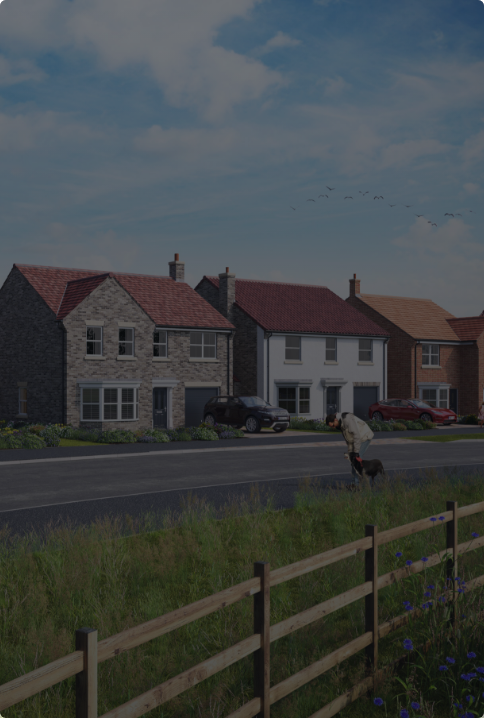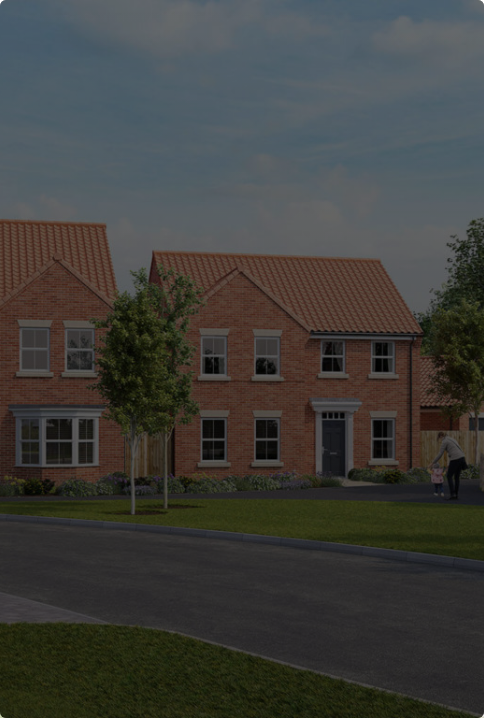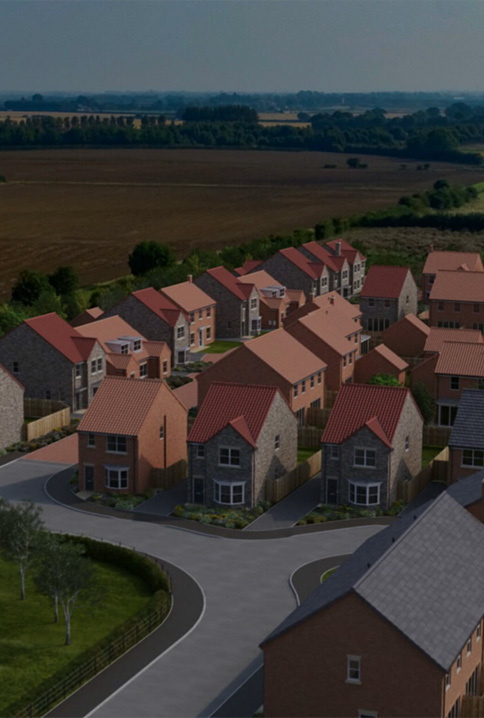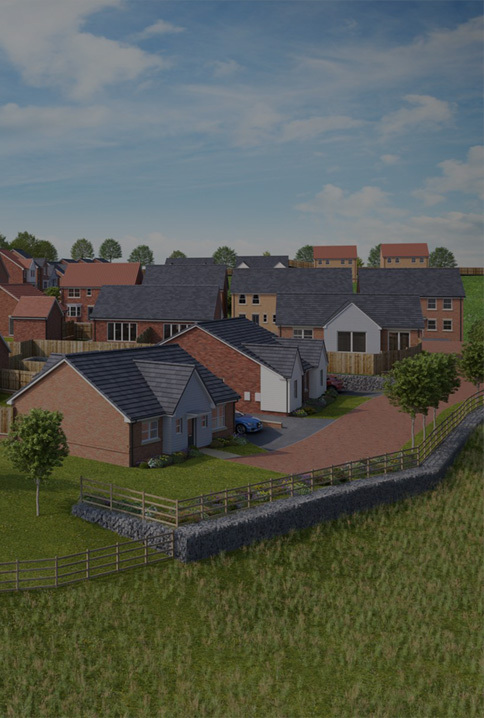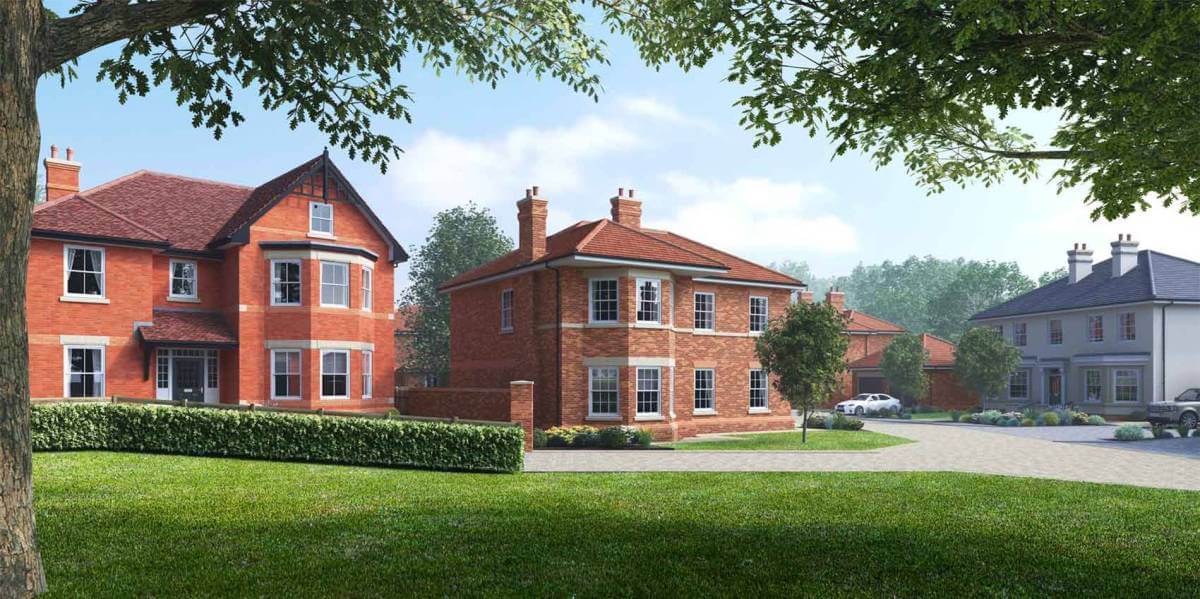A survey, by the NHBC, of 2,000 people who had recently moved into a new home has come out with some predictable and some not so predictable results The survey called The Advantages of a New Home asked what those surveyed considered the advantages of new homes to be.
Some of the advantages will be very obvious to all, such as the fact that everything in the home is new, the home is a blank canvas ready to be personalised and there is no need for expensive home improvements. But many of the advantages are not so obvious such as the high levels of thermal insulation found as standard in a new home, giving the benefit of both improved comfort and lower fuel bills. Also the safety advantages of modern wiring and the improved robustness of foundations on which new homes are constructed.
Many did point to the energy efficiency benefits of new homes – the better standards of insulation enhanced draught-proofing and improved ‘airtightness’ that help to lower household annual energy bills.Important too were the improved levels of comfort that this brings. The report shows that energy bills for a new build four-bedroom detached house are estimated at £1,050 – saving £1,400 compared to those of a 19th century house.
Homeowners of newer properties were also drawn to the idea of buying a ‘blank-canvas’ that was ready to be personalised, free from the nasty surprises left by previous owners’ DIY. They also commented on the contemporary, flexible layouts and modern facilities of new homes such as new kitchens, bathrooms and appliances, all covered by manufacturers’ warranties.
The report outlined the safety advantages of new homes such as mains-powered smoke alarms, interlinked throughout the home, which are a standard feature The benefits of safety glazing, safer stairs and the additional security features were also seen as a big advantage. However it was interesting to note that the advantages purchasers saw in buying a new home extend beyond the property itself. Many of the new homeowners surveyed considered that moving to a new development was also an attraction, allowing the opportunity to make new friends and neighbours in a new community.
Neil Smith, Head of Research & Innovation at NHBC, said: “It is pleasing that homeowners are able to identify the many benefits of new homes, ranging from the obvious advantages of a ‘blank canvas’ with everything being new, through to the much-improved energy efficiency standards, which lead to greatly-reduced fuel bills, compared with those of older homes.
“Maybe less obvious are the more solid foundations on which new homes are built, which are designed to suit local ground conditions, as well as the safety advantages of modern wiring and mains-powered smoke alarms, interlinked throughout the home.
“This report is a useful reminder of the benefits of buying a new home, designed and built in accordance with up-to-date standards. What’s more, an important advantage frequently raised in the survey is the peace of mind provided by NHBC’s warranty and insurance protection under Buildmark, from exchange of contracts through to a maximum of 10 years after completion.”
Here is a summary of the 10 areas identified in the NHBC Report:
- Ready to Move In
- no structural repairs
- no nasty surprises; no need to put money aside to put things right
- nothing to do immediately
- reduced ongoing maintenance
- clean surfaces and straight lines
- a clean slate; ready to make your own
- Everything is New
- new, clean, nobody else’s dirt
- new kitchen appliances covered by manufacturers’ warranties
- no unwelcome repair bills
- peace of mind
- Modern Layout
- modern design
- open layout
- well-proportioned spaces allow different furniture arrangements
- good natural and artificial light
- built-in cupboards and storage
- Modern Facilities
- extra bathroom facilities including downstairs wc
- water efficient; water-saving taps and fittings
- water meter for easy monitoring of water use
- safety measures to prevent scalding
- easy to keep clean
- good ventilation
- Energy Efficiency – Cost
- reduced bills for heating and hot water
- reduced electricity bills
- better standards of insulation, draught-proofing and improved ‘airtightness’
- double glazing
- efficient controls (programmer, room thermostats and thermostatic radiator valves)
- Energy Efficiency – Comfort
- draughts minimised
- unwanted heat loss reduced
- quicker warm-up time and improved control of comfort
- improved ventilation
- reduced risk of condensation and mould
- Safety – Smoke Alarms and Wiring
- mains-powered smoke alarms interlinked throughout the home
- plenty of socket outlets located at an accessible height
- trailing wires reduced
- modern consumer unit with safety circuit breakers that can easily be reset
- Safety – Glazing and Stairs
- safety glass toughened or laminated so it is less likely to splinter if broken
- stairs designed for safe, comfortable use
- handrails provided for safety
- balustrades and guarding meet safety standards
- doors do not open directly onto stairs
- Solid Foundations
- improved foundation design
- risk of structural damage due to trees minimised
- appropriate foundation design for the locality and the ground conditions
- A Quiet Home
- adjoining homes separated by walls and floors designed to reduce noise transfer from neighbours
- internal walls and floors designed and built to reduce noise transfer between rooms
